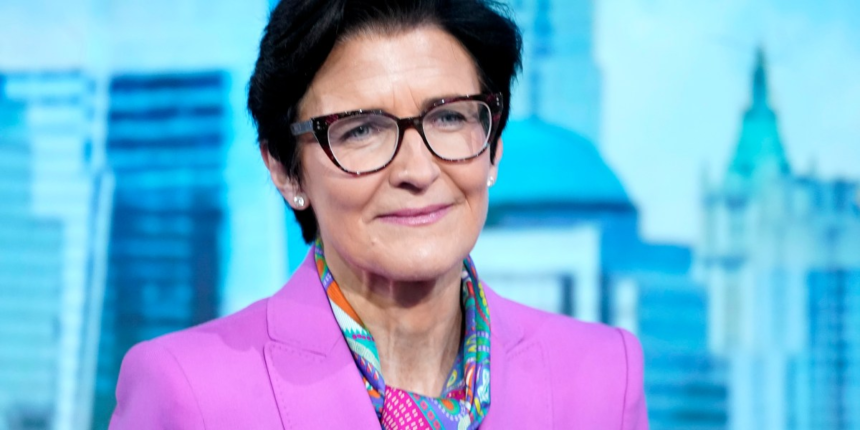“They were wrong to do that,” says Charles Elson, founding director of the John L. Weinberg Center for Corporate Governance at the University of Delaware and a director on several boards over his career. “The CEO is being overseen by the board, and it doesn’t make sense for the person being monitored to chair the group that’s monitoring them.”
Asked for comment, Citi responds, “The lead independent director has the responsibility for organizing and leading sessions with the independent directors (without management present) to evaluate CEO performance, including strategy execution and leadership.”
The logic of separating CEOs from board chairs may seem obvious, but it was flouted for decades when individual investors owned most corporate shares and mostly voted the way the company wanted, if they voted at all. “There was no shareholder large enough to demand a seat on the board,” Elson says. In that environment, CEOs in 1990 were also board chairs at more than 90% of traded companies.
It could be a cushy life for CEOs. I well recall the CEO and board chair of a manufacturing company (which I won’t name) telling me smugly he had just bought a corporate airplane for his directors to use. He said he didn’t expect much trouble from them after that.
Nonetheless, the big picture shows a dramatic shift to board chairs separate from the CEO over the past 35 years. Only 40% of the Fortune 500 have CEO board chairs. But on the rise is a different title with the same effect: “executive chair.” That’s a board chair, often a recently retired CEO remaining on the board, who oversees the company’s day-to-day workings (thus the word “executive”). Operationally, the executive chair is the real CEO without the title. It’s another way for that real CEO to be board chair too.
Elson’s view: “Those who forget the mistakes of history are doomed to repeat them. Sad but classic.” —Geoff Colvin









